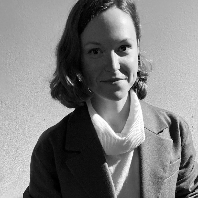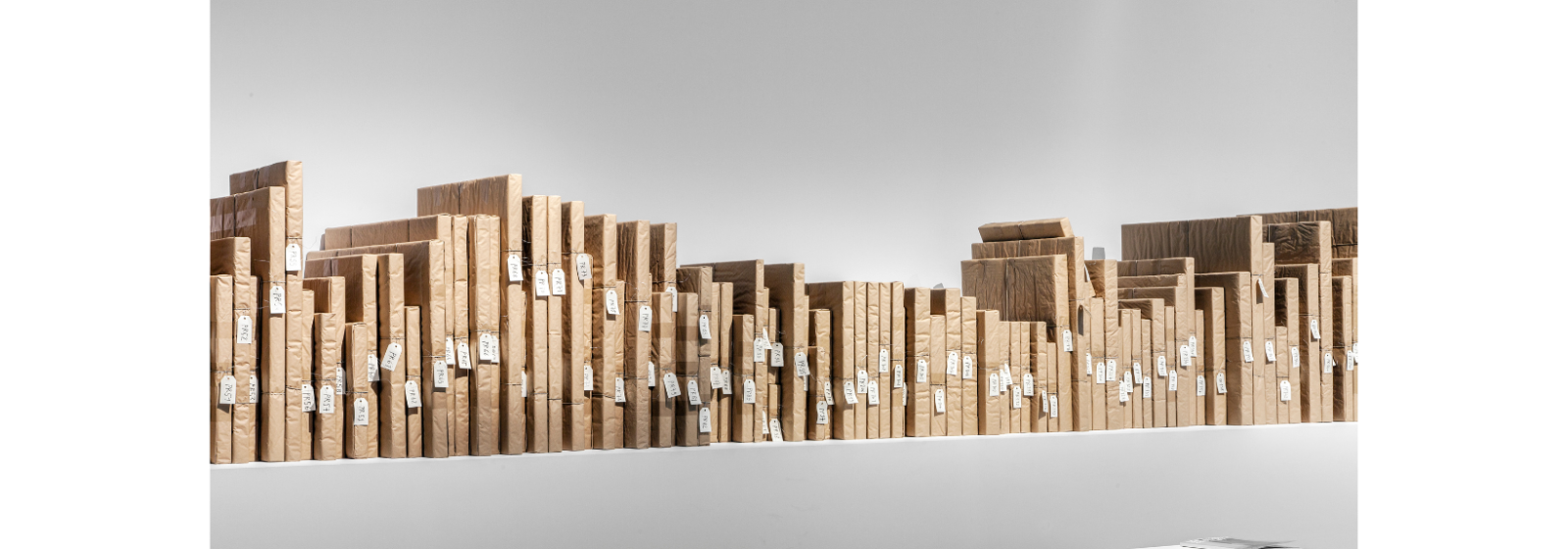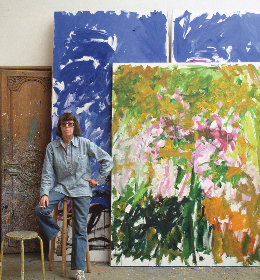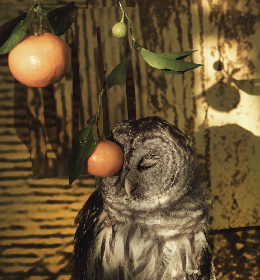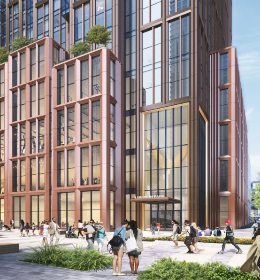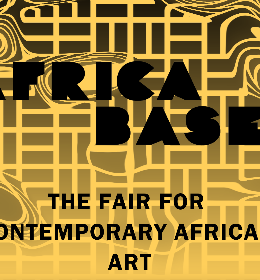Throughout 2023 , the "Reflecting on Restitution" programme, initiated by Christie’s Restitution Department, gathers art professionals and provenance researchers in various locations worldwide, from Paris and across the United States to Tel Aviv.
This programme was inaugurated earlier this year at Christie’s gallery on Avenue Matignon in Paris with a public exhibition "Fragments de collections" by the French contemporary artist Raphaël Denis.

Despite its ephemeral nature and short duration, the exhibition can now be explored through a virtual tour.
After discovering the series of installations "La Loi normale des erreurs", we approached the artist himself to seek some answers. This interaction lead us to understand that the research process involved in its creation remains ongoing.
What are the main leitmotifs of your artistic research? What kind of reaction would you like to elicit from the audience?
Raphaël Denis: Obviously, a large part of my work, and not only through "The Normal Law of Errors", is based on historical facts relating to intentional and collective madnesses which lead to the massive looting of works of art – both visual and literary – then to their destruction or censorship. In my opinion, art is far from being just a pleasant entertainment. I like the idea of provoking a kind of brain shock in the audience.
Under what circumstances was the series of works "The Normal Law of Errors" born? What is the main idea behind it?
RD: Like any slightly complex creation, one might think that it is the result of an enormous combination of circumstances filled with pitfalls, surmountable frustrations, and chance. After much wandering and questioning, it finally emerged quite spontaneously. The initial idea was to work on installations from massive stocks of works of art in gallery reserves and private contemporary art collections ... The interest I had had in Marc Vaux’s photographs, discovered long ago, reappeared quite naturally and plunged me into a work of documentation which led me to discover the EER database and the immense work accomplished by Marc Mazurovsky. Everything then unfolded very logically.
What was its starting point? How has it developed throughout these years, and in particular for the exhibition in Paris at Christie's earlier this year?
RD: At first, my idea was to bring together an accumulation of old frames presented from the back, containing a deep black panel with an inventory number in the middle (W 113, R 344, PR 79, KA 1492, etc.), referring to the dimensions of paintings and drawings looted by the Nazis. This first installation focused on assembling various collections of objects often found in memorials. Stacks of frames, like a pile of suitcases, dentures, hair, and so on. The registration in the centre of the panels, replacing the title of the work, evoked the registration tattooed on bodies to replace identities and surnames. The installation thus acted as a reflection of the experiences endured by Jews during the occupation: identified, seized, stored, deported, monetized, annihilated.

The presentation at Christie's was a sort of "retrospective" of the developments born of this first project, revealing several aspects of my research through a fairly wide range of installations and models having been used to create large-scale installations. It included elements of the original series "The Normal Law of Errors", which deals purely with looting and concentration camp storage; fragments of the Vernichtet series, which evokes the annihilation via a stake in the Tuileries gardens of more than half a thousand paintings, including many works considered ''degenerate''; or a model of the Göring-Rochlitz project, which deals with the trafficking of artwork that took place at the Jeu de Paume, where "degenerate" art was exchanged by Göring for canvases more to his taste. There were also pieces referring to various projects related to Pablo Picasso and his merchant Paul Rosenberg.
Tell us a bit more about the support used for the installations, the physical materials and the digital dimension of your research.
RD: Sometimes the material guides the archive, sometimes the opposite.
For example, the interior dimensions of an old frame define the search in archives – via databases available on Internet – of a looted work with the same dimensions. On the other hand, the realisation of large installations is generally done according to lists, reports, trial documents, documents relating to the course of looting, accessible in specialised libraries or archives centres. These elements, analysed and cross-referenced at length, truly guide the choice of materials and their layout.
Digital archives allow me to go faster, physical archives allow me to go further.

What kind of development of your practice (as part of this series) can you foresee for the future?
RD: I am in the process of collecting documentation on what is commonly know as "the Aulnay train". This train full of artwork was hijacked by SNCF railway workers at the end of the war to ensure it never reached its goal and remained on French soil. This culturally precious load was saved during a particularly complex and risky collective operation – while other trains, loaded with human lives, continued to circulate, destined for the death camps.
In September, I will have the pleasure of inaugurating a new project at the Diplomatic Archives of La Courneuve, which will be accessible to all during the European Heritage Days. After the new presentation of the piece that the Kunsthaus in Zurich acquired in 2022, in November 2023 there will be the establishment of the volumes of the Rosenberg Fund in the permanent collections of the Museum of Art and History of Judaism in Paris, then the opening of an exhibition-dossier at the Sprengel Museum in December.
To find out more about the programme and its upcoming on-site and virtual events, please refer to Christie’s online platform, dedicated to the initiative.
Raphaël Denis is represented by Galerie Sator - Paris - Romainville.
Photos © Raphaël Denis, Galerie Sator & Christie's.



